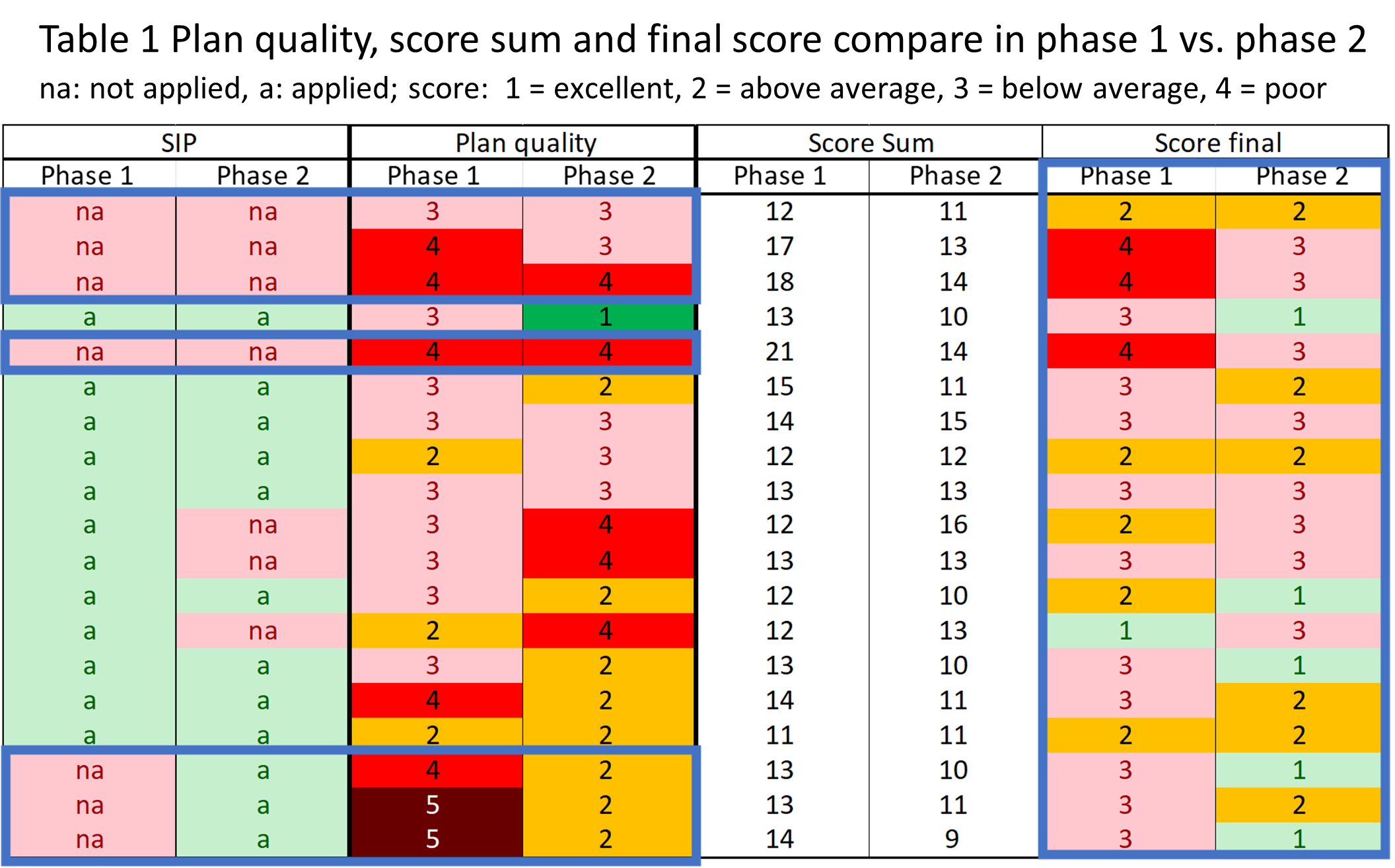Simultaneously Integrated Protection in SBRT of Pancreas - An International Planning Benchmark Study
Christos Moustakis,
Germany
OC-0620
Abstract
Simultaneously Integrated Protection in SBRT of Pancreas - An International Planning Benchmark Study
Authors: Christos Moustakis1, Maximilian Grohmann2, Daniela Schmitt3, Oliver Blanck4, Eleni Gkika5, Thomas Brunner6
1University Hospital Muenster, Department of Radiation Oncology, Muenster, Germany; 2University Medical Center Hamburg-Eppendorf, Department of Radiation Oncology, Hamburg, Germany; 3University Medical Center Goettingen, Department of Radiation Oncology, Goettingen, Germany; 4University Medical Center Schleswig Holstein, Kiel, Department of Radiation Oncology, Kiel, Germany; 5University Hospital of Freiburg, Department of Radiation Oncology, Freiburg, Germany; 6University Medical Center Graz, Department of Radiation Oncology, Graz, Austria
Show Affiliations
Hide Affiliations
Purpose or Objective
The proximity or even overlap of PTVs and OARs pose a major challenge in stereotactic body radiotherapy (SBRT) of pancreatic cancer (PACA). The aim of this international planning benchmark study of the DEGRO/DGMP Working Group Stereotactic Radiotherapy was to investigate whether using Simultaneously Integrated Protection concept (SIP, [1]) in SBRT of PACA can lead to the improvement of planning quality.
Material and Methods
42 institutions from 5 countries participated in this study. Three particularly challenging cases with PTV and OAR overlap were selected from a community database after expert panel consensus. For each case, planning had to be performed with two multiparametric prescriptions in 5 and 8 fractions, respectively: a) D50%(GTV) = 5 x 9.2 Gy = 46 Gy (100%) and b) D50%(GTV) = 8 x 8.25 Gy = 66 Gy (100%) based on [2] while adhering to well-defined objectives and dose limitations for PTV/GTV and OARs. To investigate whether the SIP concept is used in current clinical practice and can lead to improved plan quality, the study was performed in two phases. In the first phase, necessary trade-offs for treatment planning were asked to be achieved according to routine in-house concepts. In the 2nd phase, re-planning was performed considering the SIP concept with specific provided contours from the expert panel including online training and study group discussion.
Results
A total of 292 plans were evaluated using a relative score based on [2] adapted to SIP planning by the expert panel. Most institutions could meet the GTV prescription requirements (Figure 1) and the majority already showed high plan quality using the SIP or similar concepts in the first phase of the study. Only 7 institutions did not use a SIP concept resulting in relatively lower plan quality scores. In the second phase, 3 of the 7 institutions were able to significantly improve their plan quality by using the SIP concept (Table 1). 18 of 19 institutions that participated in the second phase could at least maintain or improve their final score.


Conclusion
The use of dedicated SIP concepts in combination with multiparametric prescription requirements and objectives in the context of multi-center benchmark studies with group consensus and training can lead to high treatment plan quality. Harmonization of SIB treatment planning appears possible in the context of international multi-center clinical trials.
[1] T. B. Brunner et al., Simultaneous integrated protection : A new concept for high-precision radiation therapy. Strahlenther Onkol. 2016 Dec;192(12):886-894. doi: 10.1007/s00066-016-1057-x. Epub 2016 Oct 18. PMID: 27757502; PMCID: PMC5122615.
[2] C. Moustakis et al., Planning Benchmark Study for Stereotactic Body Radiation Therapy of Liver Metastases: Results of the DEGRO/DGMP Working Group on Stereotactic Radiation Therapy and Radiosurgery. Int J Radiat Oncol Biol Phys. 2022 May 1;113(1):214-227. doi: 10.1016/j.ijrobp.2022.01.008. Epub 2022 Jan 22. PMID: 35074434.